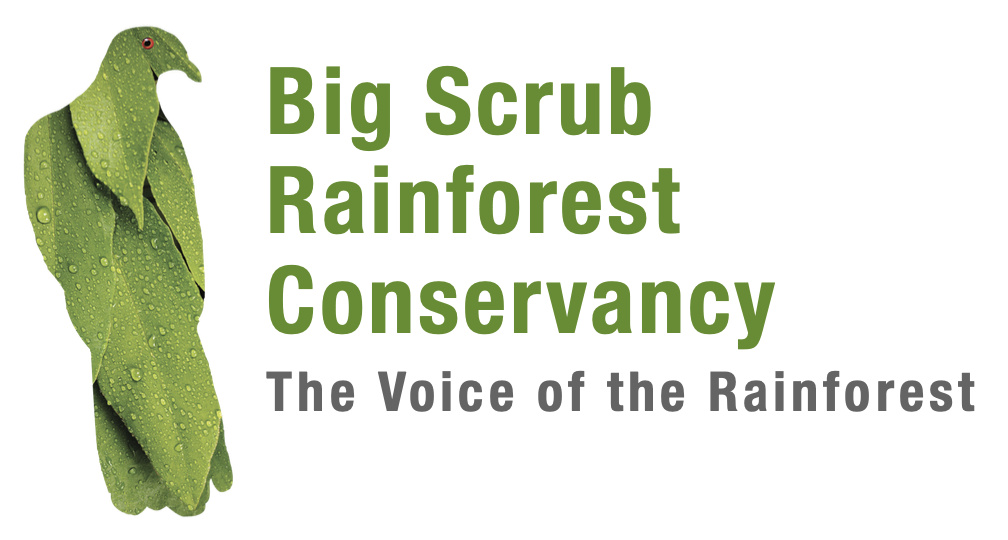I think that teak trees are one of the top 10 Big Scrub trees. They may not be one of the most common, or the biggest, or the most ecologically important, but they are a good, solid, honest tree.
Teaks are obligingly easy to identify with their distinctive leaves, flaky bark and cool “boat” seed pods that just ask to be picked up and taken home. What other tree can call “Flindersia australis” across a paddock and bring a smile of recognition?
Why are there so many teak trees in our paddocks? Is it because the wood is solid and, perhaps, teaks were too hard to cut down? A Northern Star (NS) report of the early days of Alstonville says, “There were beautiful teak trees, 8 to 10 feet in diameter, but these were considered useless because they were too hard… axemen would not cut them and would not dream of putting a saw into them.” But the records do show that, after the cedar was gone, teaks were logged and settlers desired the teak-toughness for houses, dance floors, butcher blocks and fence posts; teak sleepers, 18”x18”, were used in the construction of the Byron railway.
Few of the Big Scrub trees were spared – we have our precious remnants and individual paddock tree survivors, identifiable by their long trunks, but our paddock teaks seem to have grown without the competition of surrounding trees – small and low-branched. Were they part of a tree-planting program? They seem to be random across the landscape, neither in rows, next to stockyards or homes. There is evidence that they were planted though: an Arbour Day at Rocky Creek School in 1926 saw, “19 trees – mostly camphor and teak” planted; in 1936 children planted teaks along streets in Mullumbimby and in 1939, teaks were some of the 722 trees planted along the Ballina-Lismore Rd.
By the 1890s there was recognition that native trees should be planted for timber and shade. The NS reported in 1898, “Thousands of trees are destroyed around us every year… this timber should be replaced… we have many beautiful indigenous trees which are valuable as well as beautiful, and we would suggest the planting of many of these… red cedar, silky oak, black bean or walnut, tulip, and teak…” An account of a district tour published in 1925 said, “A tree was an eyesore to the farmer, and had to be cut down at the first opportunity… then, in a few years the value of shade and shelterbelts was recognised, and foreign trees were planted – trees not so beautiful nor useful as our native ones. Look at that small teak. Where would you see a more perfect tree than that?” Was that “small teak” planted or part of the regrowth?
No matter how we got them, all our paddock trees are treasures. I look forward to the day when, through our work, these trees become the nucleus for tree plantings and these tree plantings become forests – good, solid forests.
Contributed by Ken Dorey


